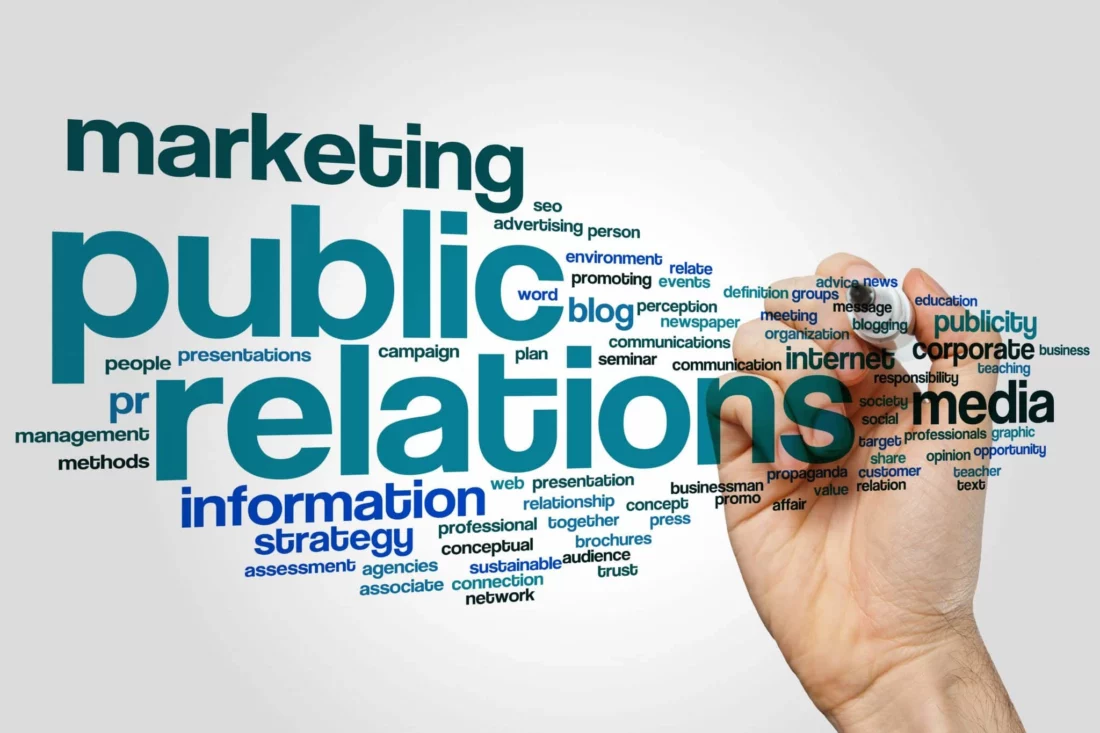Here at GMG, we work with emerging technology companies on a regular basis, and having immersed ourselves in the tech startup world long ago, we’re well acquainted with Kickstarter, the startup that helps other startups raise funds for their ideas. Kickstarter is a platform that allows average people to donate towards the creative projects of others, including films, games, music, art, design, and technology. Basically, if you like an idea you see on Kickstarter you can donate money to help that idea come to fruition. Depending on how much you choose to donate, you’ll get everything from a thank you note to the actual product to a date with the creators in return for your funding; it varies by campaign.
You might be thinking, “Sure, Kickstarter sounds like a cool way to get funding, but what does this have to do with marketing and PR?” Well, meet the 3Doodler. This super cool 3D pen is by no means the first Kickstarter project to encounter oodles of unanticipated success, in terms of both attention and donations, but consider these numbers, as recently reported on American Public Media’s Marketplace. Wobbleworks, the company behind the 3Doodler, launched their Kickstarter campaign at the beginning of this week with a goal to raise $30,000. As of today, they’ve received over $1.5 million dollars in donations.
Kickstarter has not only generated over 5000 percent of the monetary goal Wobbleworks set off to achieve, but loads of positive PR as well–which is equally valuable for a tech startup trying to break through today’s saturated marketplace. How? Let’s take a look.
Word of (digital) mouth. While initial Kickstarter funding usually comes from friends and family, today it’s easier than ever to spread the word about an idea you like. The power of social media allows a good idea to share itself, allowing people to dictate which products and services they’d like to see on the market, rather than companies dictating to consumers what they should be buying. When an individual shares a Kickstarter project on Facebook, that project is given immediate credibility by that person’s Facebook friends. Think about it: you’re more likely to trust a friend sharing a new product or service than an advertisement or some other piece of blatant marketing. The means by which Kickstarter ideas are shared is a testament to the reach and power of social media, and give immediate street cred to any project.
Establishing credibility. Kickstarter has had some bad press in the past regarding what happens to the money when Kickstarter campaigns don’t follow through on their projects. If you’re a startup looking for funding on Kickstarter, it’s essential to back up your idea with credibility. This means establishing a company website, updating your company blog, being transparent and truthful in your goals and actions, and generally keeping people informed on the status of your project–all the tenants of good PR and good business. Kickstarter gets the word out there–but it’s up to the company to demonstrate their credibility to the consumer if they want to establish a loyal and lasting customer base. Wobbleworks does this really well both in their Kickstarter video and on their website by listing past products they’ve created.
Build relationships. Establishing and maintaining relationships with customers is the key to any business’s long-term success. Kickstarter allows consumers to get in at the ground level, and knowing they were one of the first people to recognize a good idea can give consumers a sense of pride, ownership, and loyalty–all things a successful brand wants a customer to feel. Many projects offer donors a reward–either a copy of what’s being made, a limited edition piece from the creator, or a special experience with the brand. These rewards not only incentivize donors, but also build the foundation for lifelong customers. While you can own a real 3Doodler yourself for $75, for considerably more money, you can become first on the list to be a Wobbleworks beta tester for their next product, and even get a tour of their production facilities and lunch with the founders in Boston. This is a great example of engaging customers both now and for the future.
Yes, it’s true that every good idea needs funding to become a reality, but a solid PR strategy is what will propel that idea into a business with real staying power and a loyal customer base.


Why Cutting PR in Tough Times is a Costly Mistake (And What to Do Instead)